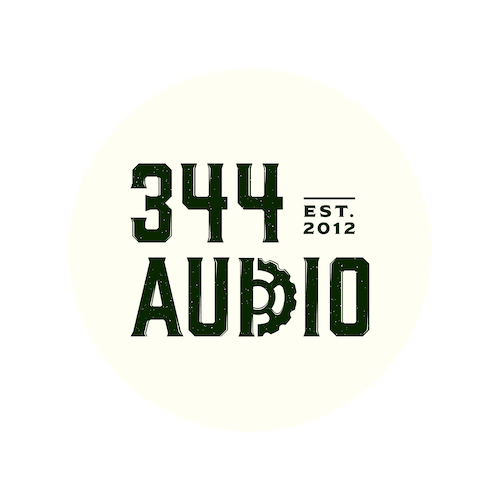


In recent years, Binaural Beats have gained prominence in the health & wellness community and have crossed over from the fringes into the mainstream.
Whilst the research on the full applications of Binaural beats is still in its early phase, they have become extremely popular online with some videos getting millions of views, and alongside other phenomena like ASMR, it shows the growing awareness of the role that sound plays in shaping people's mindstates and mental wellbeing.
In this article, we will share with you some basic processes for creating your own Binaural beats.
Before we dive into the process of creating them, we should first talk about exactly what Binaural beats are and how they work.
In short, Binaural Beats are pieces of sound that are designed to encourage the introduction of different brainwave patterns in the brain. A Binaural Beat contains two sound waves that are close together in frequency, with a different wave being transmitted to each ear by headphones.
The brain processes these two frequencies both independently and in unison, and "hears" the difference between them as a wave or pulse, creating the perceived effect of the Binaural Beat.

"A binaural beat is an illusion created by the brain when you listen to two tones with slightly different frequencies at the same time. The two tones align with your brain waves to produce a beat with a different frequency. This frequency is the difference in hertz (Hz) between the frequencies of the two tones."
- Dan Brennan, MD.
See below for a basic example of the frequencies involved in a 12 Hz Alpha wave Binaural Beat:
Left Ear - 104 Hz sine wave.
Right Ear - 116 Hz sine wave.
12 Hz difference = Alpha wave

The perceived effects of Binaural Beats are varied and encompass a wide range of different moods and emotional sensations. Whilst Binaural Beats are perhaps most commonly associated with states of meditation and relaxation, they can also be used to increase creative and positive thinking, high-level cognition, problem-solving, peak awareness and memory recall, with these effects making Binaural Beats increasingly popular with top-level business professionals and other high-performance individuals.
The five different brainwave states associated with Binaural Beats, alongside their effects and corresponding frequencies are listed below:
Gamma - 30-100Hz - High-level information processing, Cognitive Enhancement, Improved Memory Recall, Increased awareness, Transcendental States.
Beta - 14 - 30 Hz - Improved focus and attention, High-level cognition, Analytical thinking & problem solving, Stimulates energy and motivation.
Alpha - 8 - 14 Hz - Relaxed mind, Reduced Stress, Positive thinking, Accelerated learning, Flow states.
Theta 4 - 8 Hz - Rem sleep, Deep relaxation and inner pace, Meditation, Enhanced creativity, Dreamlike states.
Delta - 1 - 4 Hz - Deep sleep, Pain relief, anti-ageing, Reduced cortisol, Access to the unconscious mind.

As illustrated in the previous paragraphs, Binaural Beats are constructed of 2 close frequency sign waves going into the left and right ears simultaneously, which makes the process of actually creating one very simple.
Create two mono channels in your DAW and pan one hard right and the other hard left.


Load in a sine wave generator into each channel. Decide which wave state you want to introduce (Alpha, Gamma, Theta etc) Set the frequency of each sine wave so that the difference is within the range of one of the wave states.
We will return to our example from earlier to create an Alpha wave Binaural Beat.
Left Ear - 104 Hz sine wave.
Right Ear - 116 Hz sine wave.
12 Hz difference = Alpha wave

Decide how long you want the Binaural Beat track to be and export your audio with the desired duration.
In our example below, we have chosen to export a 2-minute selection but many Binaural beats tracks you can find online are much longer with times over 30 minutes - 1 hour.

Well done, you have successfully created your own Binaural Beat! Now it's time to put your headphones on, find a comfortable listening space and let yourself become fully immersed in the sounds.
We hope you enjoyed this article!

344 Audio is an Audio Post Production Company in Manchester.
If you enjoyed this post, discover our Ultimate Guide to Audio Post-Production.
Curious to hear our work? Listen to our portfolio.
Keen to learn more about Foley? Explore our Creative Foley Workshop.
Eager to learn more about Audio Post and Sound Design? Explore our Audio Post Essentials Course.
We also have Pro Tools templates and sound effects available for purchase.